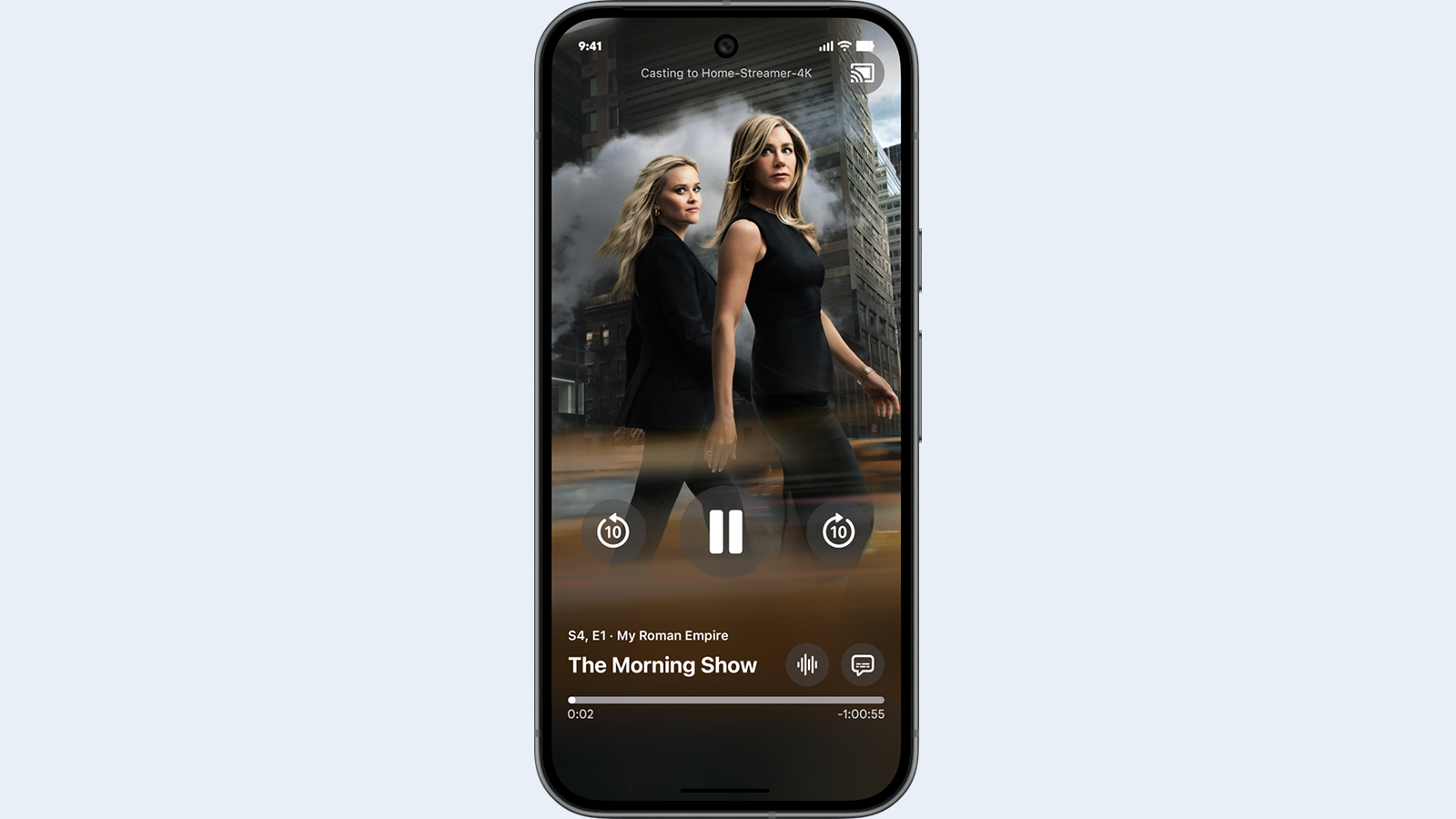Getting Closer to Streaming Audiences is Complex, Failing to Do So Risks Losing Them Altogether
Audience expectations are evolving as consumers look for high-quality, "lean-back" experiences at accessible price points

Whether for major live events or on-demand, audiences are embracing digital platforms as their go-to for media consumption. Traditional linear viewing is in decline as audiences embrace streaming video subscriptions—S&P Global predicts that total subscription and advertising revenues will pass the $100 billion mark by 2026, from just over $2 billion in 2010.
A few years ago, the priority for media companies was to deliver online video experiences that matched the quality of traditional television. But streaming has delivered broadcast-quality content for a while now. Today, audience expectations are evolving as consumers look for high-quality, "lean-back" experiences at accessible price points. Meanwhile, audiences want tailored viewing experiences with high-quality content, advertising and recommendations for a more personalized feel.
Right now, media companies are going through a transitional phase as they find new ways to serve their audiences in the best way while navigating difficult economic headwinds. To find their feet and secure sustainable digital revenues, content owners are experimenting with different service tiers, new viewing experiences, and the business models that support them.
Media leaders understand the need to deliver high quality, curated television experiences at compelling cost points for consumers across multiple viewing models including SVOD, AVOD, and FAST.
The days of a "one-size-fits-all" streaming model—with one form of subscription to access one form of content—are long behind us."
They also know that achieving this at scale while maximizing revenue and lowering their operational costs is a complex task. While streaming complexity continues to grow, content providers that harness forward-thinking technology partnerships to simplify a fragmented ecosystem and drive profits can stay ahead of the competition.
Shifting Expectations Drives Complexity
The days of a "one-size-fits-all" streaming model—with one form of subscription to access one form of content—are long behind us. Audiences are becoming much more nuanced in both their viewing preferences and available budgets, so streaming companies need to offer the flexibility of choice to cater to all consumers.
Most leading SVOD providers have launched ad-supported tiers to diversify their revenue streams, and free ad-supported TV (FAST) channel launches continue to accelerate, with Omdia forecasting total FAST revenues to triple by 2027 and reach $12bn. SVOD providers are increasingly focused on meeting consumers at multiple price points to offer something for everyone, and these principles could soon make their way to live streaming and premium sports scenarios too.
The professional video industry's #1 source for news, trends and product and tech information. Sign up below.
While offering the choice between ad-free, premium viewing and cheaper ad-supported alternatives is becoming table stakes for streaming companies, some providers may choose to offer more affordable mobile-only packages across markets in Asia and Africa to cater to regional consumption trends.
Media companies need to find the right mix of distribution strategies and service tiers so they retain and grow subscribers while maximizing ad revenues. However, delivering high quality content to viewers across different subscription types, viewing formats, and digital platforms causes huge complexity for media companies—and increased costs. Providing this level of flexibility at a global scale is even more challenging, placing surging demands on video technology workflows and operational resources.
Technology Blueprint for Customization at Scale
Experimentation with new and growing distribution models like FAST adds a tremendous amount of complexity to streaming, from both a business and technology perspective. While viewers remain in the drivers seat, deciding with their wallets what they’re willing to pay for, media companies need the flexibility to keep up with the pace.
With rising content costs, increased competition for rights and licensing deals, and fast-shifting consumer habits, operating a streaming business at scale is already complex enough. The complexity of technology required to underpin a successful streaming organization is a whole new conversation. Live events like the FIFA World Cup final last year hit over 21 million concurrent streaming viewers, while audiences are becoming increasingly segmented across different subscription types, from premium quality tiers and regular subscriptions to ad-based alternatives.
Each viewer will be watching in a different way, whether on a Connected TV (CTV) or Smart TV, desktop or browser-based apps, or on the go via mobile. While viewers across platforms and devices may be tuning in to the same core content or live event, every individual stream has to be tailored based on device, location and bandwidth to ensure maximum quality and curated, personalized ad experiences. Tailoring the content for monetization of individualized streams enables media companies to increase the profitability of their distribution and optimize revenue generation.
In an increasingly fragmented market where getting closer to your audiences is everything, business leaders need highly flexible and scalable technology workflows that support all scenarios while delivering rock-solid, uninterrupted streams anywhere and everywhere. Content companies are sizing up a sea of new opportunities in the streaming marketplace, but it won’t be plain sailing—robust technology and proven partnerships will be fundamental to charting a successful course.
Eric Black is CTO/ GM Media for Edgio

